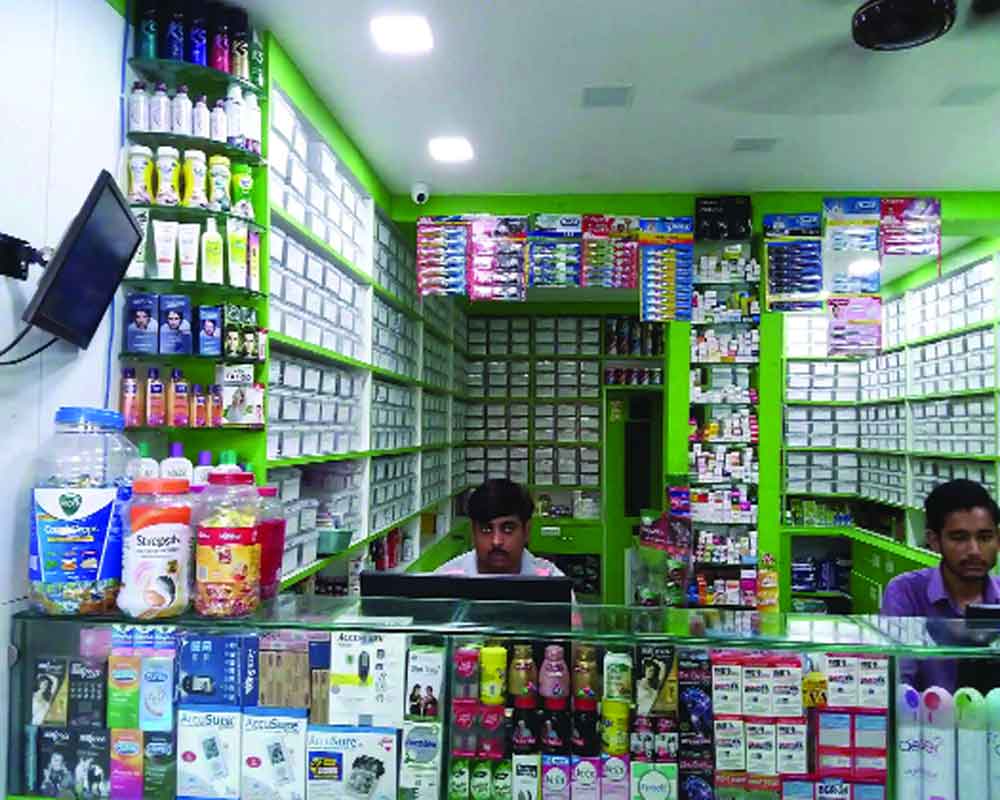The practice of an integrative approach requires an understanding and recognition of the strengths of each system of medicine
While the Covid-19 pandemic has challenged the healthcare system by exposing its gaps, it has also provided an opportunity to design resilient health systems. One way of strengthening the health system is by pooling available resources from different systems of medicine for foundational tasks. For example, against the requirement of one doctor per 1000 population as per WHO norms, the allopathic doctors to population ratio is only 0.76 (assuming 80 per cent availability of 12.68 lakh registered allopathic doctors), which can be complemented by 0.48 Ayush practitioners per 1000 population (assuming 80 per cent availability of registered 7,99,879 Ayush practitioners) taking the total to 1.24 doctors to 1000 people, which is above the recommended norm. Incidentally, Ayush manpower was utilized by various States/UTs for different identified roles in mitigation of Covid-19; Ayush infrastructure was utilized as Covid Care Centre, Covid Health Centre, and Vaccination Centre, etc. Further, corresponding to the Indian Council of Medical Research (ICMR) for modern medicine, research councils exist for each system of traditional medicine. There is a scope for synergy and pooling of expertise of modern medicine and Ayush in research as well.
The National Health Policy, 2017 advocates for improving the health status through concerted policy action in all sectors. The policy commits Government support in research and integrative practices.
The WHO Global Report on Traditional and Comple-mentary Medicine 2019 reiterates the need for integrating the best of Traditional and Complimentary Medicine (CAM) and that of Conventional medicine to tackle the unique health challenges posed in the 21st century.
The WHO defines Integrated Health Care as “a collaborative, team care approach between a variety of Western medical, traditional and indigenous, and CAM licensed health care providers. The scope of integrative care cum medicine is very broad and it envisages patient-centric, comprehensive care.
Integrative health recognizes that the modern system and Ayush systems have their own strengths and limitations in a way that they can complement each other. Strengths of the Modern system of medicine include emergency management, anaesthesia and surgical management, anti-microbial therapy, management of communicable diseases, etc.
In contrast, Ayush systems have strengths in Preventive and Promotive Health (Swasthvritta), dietetics (Ahara-Vidhi), daily and seasonal regimen (Dincharya and Ritucharya), advocacy for moral conduct (Sadvritta) and yoga which contributes to attaining a state of good health. AYUSH systems aim to provide person-centric care, emphasize eliminating the underlying cause of the disease, a whole of person approach encompassing body and mind.
These systems have a special role in geriatric care, disorders of the intestines, skin, neurological and musculoskeletal systems, auto-immune diseases, reproductive health, mental health, non-communicable chronic diseases, and rehabilitation. In terms of lifespan, and at the cost of over-generalization, traditional medicine is useful in prevention and health promotion, managing chronic diseases, and home-based care.
Modern medicine can better manage emergencies (as stroke, heart attacks), accidents, infections, childhood conditions, and those requiring surgical procedures. The practice of an integrative approach requires an understanding and recognition of the strengths of each system of medicine, which has to be incorporated in their respective curricula. Integration of these systems through cross-referrals will provide scope for holistic and comprehensive care.
Some misinformed people label integrative medicine as “mixopathy”. There is a need for the professions and the consumers to distinguish between the two. It is important to understand that this integration can be an important move in preserving, protecting, and rejuvenating health along with effective and safe management of conditions. Practitioners with education, training, and license to practice alone can and should practice each system. Integration aims to bring together the best practices of each system without losing their identity. In contrast, “mixopathy” is an illegal and unethical practice of different medicine systems by unqualified practitioners.
A system of integrative medicine in India can avoid the ballooning of healthcare expenditure, provision of comprehensive healthcare through a continuum of care, and help realize the SDG-3 of Universal Health Care.
(Dr Rakesh Sarwal, and Vd Shobhit Kumar are civil servants working in NITI Aayog. The views expressed are personal.)


























